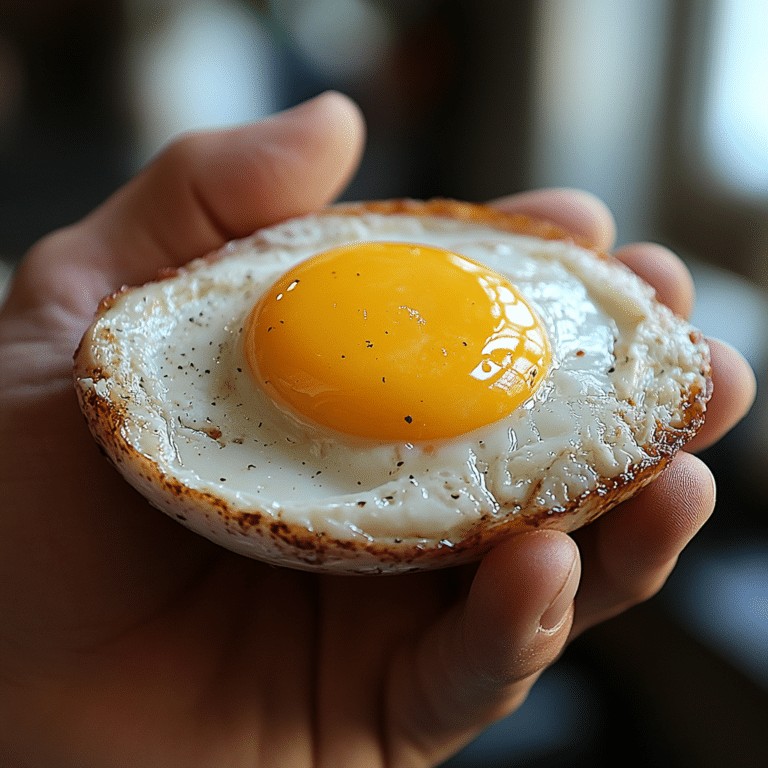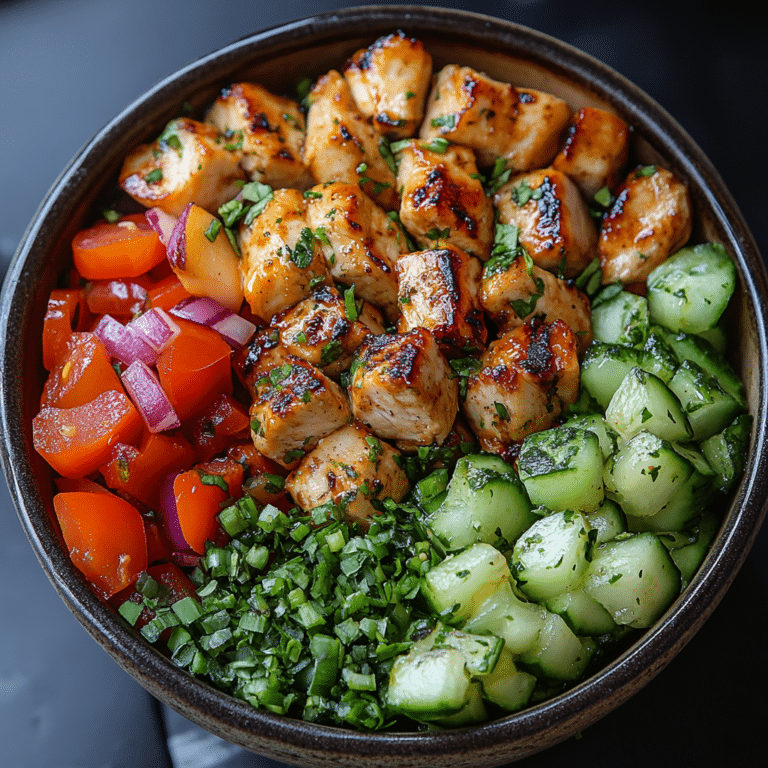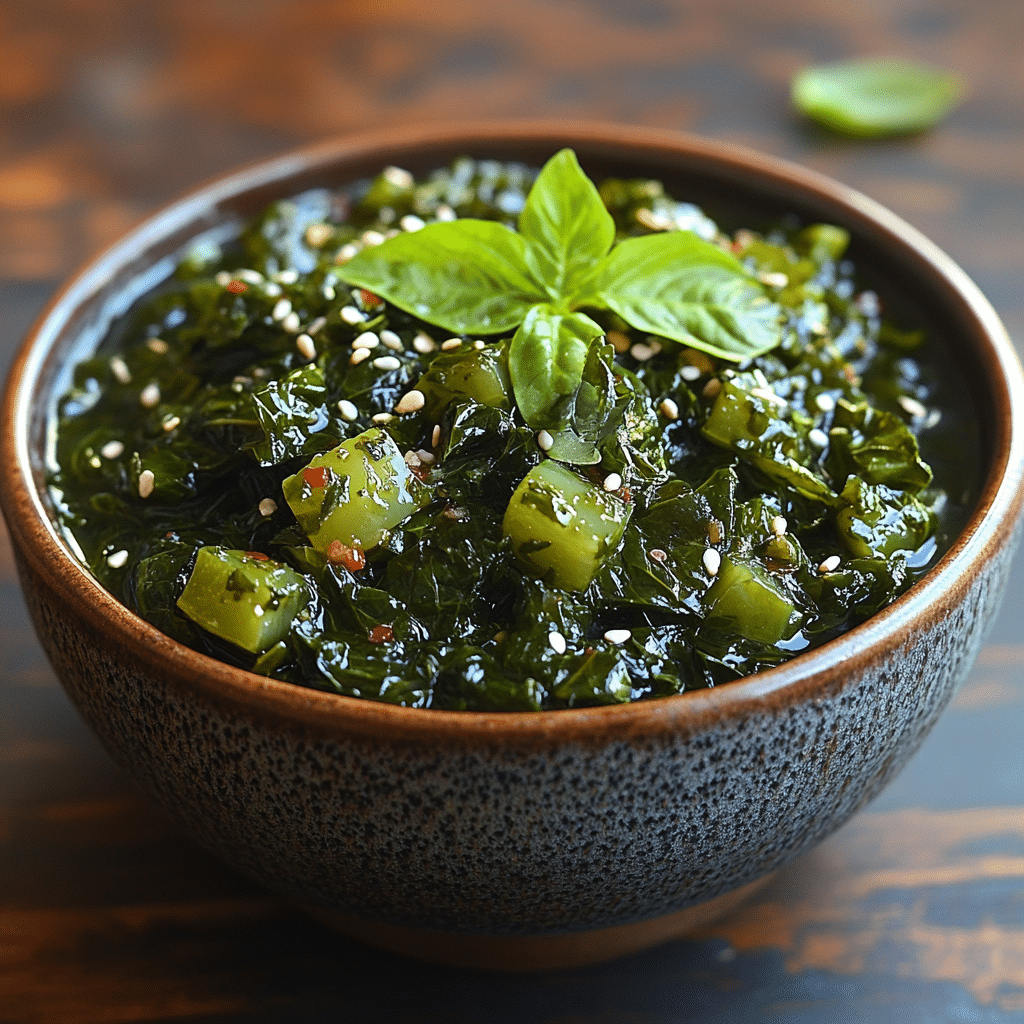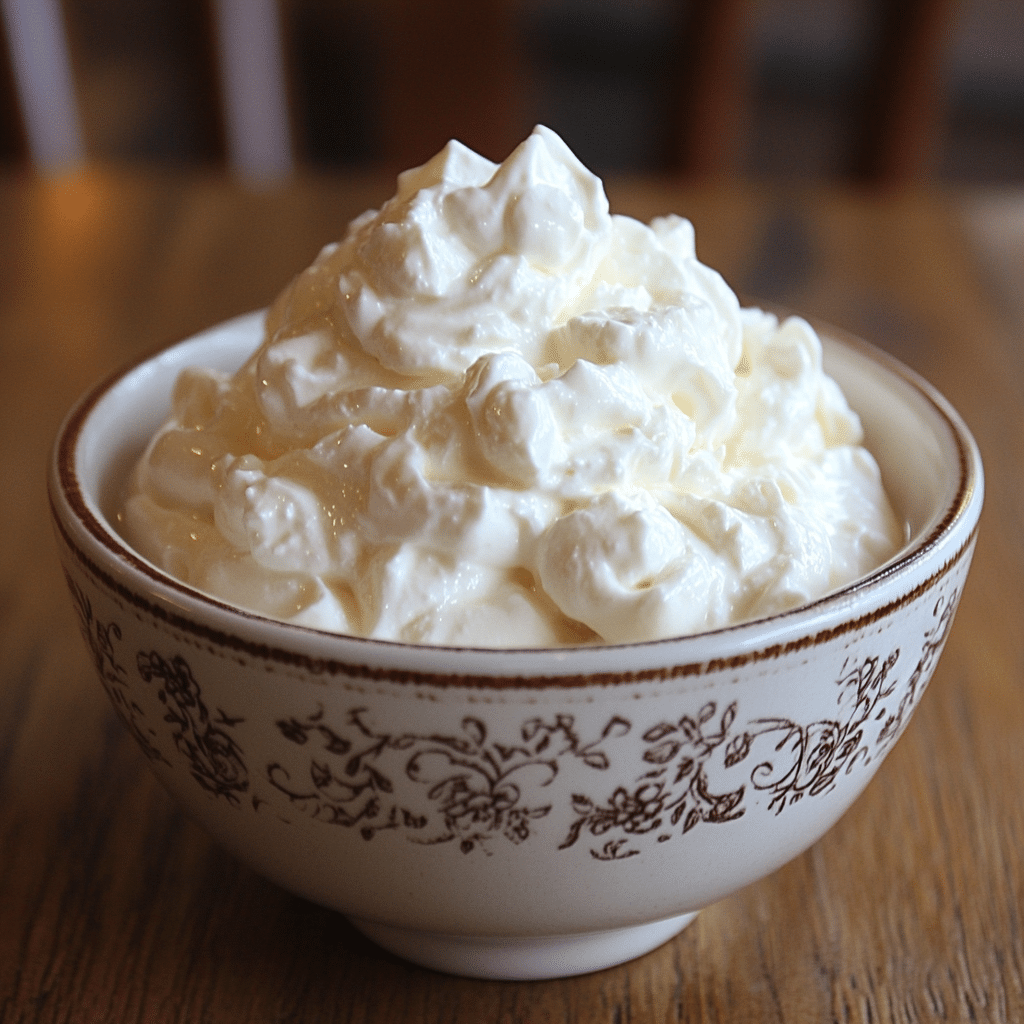When it comes to fitness and athletic performance, the wrist often takes a back seat. But don’t let its size fool you: the Triangular Fibrocartilage Complex (TFCC) is a critical player in wrist mechanics. Understanding the TFCC is essential for anyone serious about their training. It not only supports wrist stability and function but also plays a vital role in athletic performance, rehabilitation, and injury prevention. So let’s dive into this game-changing component of your body and learn how to keep it strong and functional!

Understanding TFCC: The Backbone of Wrist Mechanics
The TFCC is a specialized structure made up of cartilage and ligaments located on the ulnar side of the wrist. It acts as a cushion between the ulna bone, which is one of the two bones in your forearm, and the carpal bones in your wrist. This nifty little structure is often overlooked, but it provides essential stability and support that allows you to perform many daily tasks—let alone high-level athletic endeavors!
Athletes rely on the TFCC for a range of movements—think of gripping a baseball bat or launching a serve in tennis. Disrespecting the TFCC can lead to injuries that sideline your training and impact your performance. This is where mechanisms like Neutral Wrist Treatment (NRT), Peripheral Carpal Dislocation (PCD), and advanced Tendon Repair Techniques (TRT) come into play. By understanding the TFCC and its connections to these methods, you’ll be better equipped to protect your wrists and enhance your athletic pursuits.

Top 5 Reasons Why the TFCC is Essential for Optimal Wrist Function
1. Structural Support and Stability
The TFCC functions as a cushion, providing critical support between the ulna and carpal bones. This structural integrity is especially crucial for athletes engaged in high-impact sports like basketball and tennis. Imagine a slam dunk where your wrist experiences major stress; having a well-functioning TFCC means you stand a better chance of avoiding injuries. Companies like Wilson Sporting Goods have examined wrist mechanics through the lens of TFCC importance, illustrating how athletes can maintain safe hand positioning during intense actions.
2. Shock Absorption
When you engage in repetitive wrist movements, the TFCC absorbs the shock, minimizing the risk of injury. Take Major League pitcher Clayton Kershaw as an example; every pitch involves tremendous force on his wrist. A healthy TFCC allows him to manage that force effectively. Without it, pain, discomfort, and diminished performance might come knocking. It’s crucial for any training program, especially for throwers, to integrate exercises that strengthen the TFCC.
3. Reduction of Ulnar Deviation Vulnerability
Ulnar deviation, where the wrist bends towards the ulnar side, is common in sports such as golf. Rory McIlroy, for instance, relies on his TFCC to make a perfect swing. A compromised TFCC can expose you to injuries that cripple your performance. By ensuring your TFCC is in top shape, you minimize the risk of extended downtime from the sport you love.
4. Role in Coordinated Movement
The TFCC’s complex structure contributes significantly to the coordination of wrist movements. In sports that demand fine motor skills—think fencing or martial arts—having an intact TFCC is non-negotiable for maintaining control and precision during rapid movements. Recent advances in understanding PCD have led to better treatment options for athletes, resulting in enhanced performance in sports that require quick wrist action.
5. Impact on Rehabilitation and Recovery
Understanding the TFCC focuses rehabilitation efforts after wrist injuries. Companies like Athletico have developed tailored rehabilitation programs addressing TFCC injuries using advanced Tendon Repair Techniques (TRT). These programs speed up recovery, allowing athletes to return swifter—essential for maintaining peak performance and prolonging their sports careers.

Connecting TFCC Insights to NRT, PCD, and TRT
The Interplay of TFCC with NRT (Neutral Wrist Treatment)
NRT plays a pivotal role in wrist health, especially for those grappling with TFCC issues. Proper posture and technique minimize stress on the wrist, crucial for recovery and injury prevention. Equipped with insights on TFCC mechanics, physical therapists can craft superior NRT protocols that promote upright and balanced wrist positions.
Exploring PCD (Peripheral Carpal Dislocation) Implications
PCD is usually the result of trauma or repetitive stress, leading to a breakdown of the TFCC. Those affected experience wrist instability and weakness, compelling the need for specialized training programs to bolster wrist support. Addressing PCD effectively means understanding its relationship with the TFCC—something every dedicated athlete should bear in mind.
Integrating TRT (Tendon Repair Techniques) in TFCC Management
Tendon injuries associated with TFCC problems require advanced rehabilitation strategies. Physiotherapists are increasingly using innovative TRT approaches, such as biofeedback and movement retraining, to enhance the performance of the wrist. These treatments focus not just on the TFCC but also the surrounding tendons, multiplying the benefits of recovery.

The Future of TFCC Research and Application
As research into wrist biomechanics is on the rise, we’re uncovering new details about the TFCC’s impact on sports performance and injury prevention. Emerging technologies are enhancing our understanding of how to protect this vital joint structure through focused training and rehabilitation. With ongoing research, we’re getting closer to providing athletes, coaches, and trainers with the knowledge they need to maintain wrist health for peak performance.
Recognizing the TFCC’s importance in wrist mechanics is key. Not only does it boost athletic performance, but it also informs injury management. As our insights deepen, we head towards optimizing training methods and rehabilitation strategies, ensuring that wrist health remains a cornerstone of athletic excellence. So, whether you’re an aspiring champion or a regular gym-goer, honoring your TFCC can pave the path to shredded muscles, impressive gains, and a rock-solid look. Take care of those wrists—they’re more critical than you think!
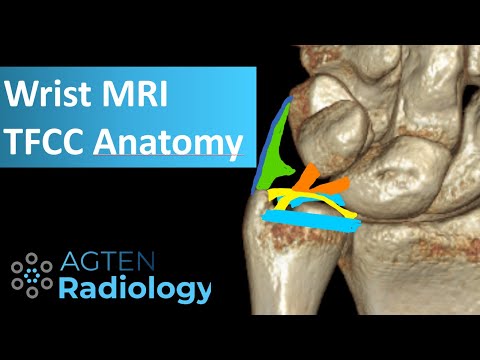
tfcc: Fun Trivia and Interesting Facts
The Heart of tfcc Injuries
Did you know that the tfcc, or triangular fibrocartilage complex, plays a crucial role in wrist stability? It acts as a cushion and support, allowing for smooth movements and preventing excessive wear and tear. People often compare caring for this vital structure to nurturing a cabbage; just like you wouldn’t want to bruise a fresh cabbage, preserving the integrity of the tfcc is essential for healthy joint function. If you’re not careful, injuries can happen, and that’s where knowledge really comes in handy!
Uncovering tfcc’s Secrets
Here’s a fun fact: tearing the tfcc is often linked to sports injuries, especially in activities that require intricate hand movements, like tennis or gymnastics. Think about it—an athlete trying to grip a racket or perform acrobatic feats is at risk of damaging this cartilage. It’s a real gut punch, much like discovering a can of mug root beer is empty when you really need a refreshing drink. Just like overcoming disappointment can fuel your resolve, understanding and treating tfcc injuries is key to returning to your favorite sports.
tfcc Recovery Basics
When recovering from a tfcc injury, many might feel like they’re trying to climb a mountain while others are running Summerslam. It can be tough, right? Rest and rehabilitation shouldn’t feel like a punishment; they’re crucial for full recovery. Speaking of getting back on your feet, incorporating specific exercises can streamline the healing process, sorta like how a well-made Hydrow can elevate your fitness regime. Along the way, remember that To grieve deeply Is To love fully. When you’re on your path to recovery, it’s important to honor your journey and celebrate small victories, just like when you treat yourself to Cheez-Its after a long day.
Stay informed and treat your tfcc with the care it deserves, and you’ll be set for a speedy recovery!








